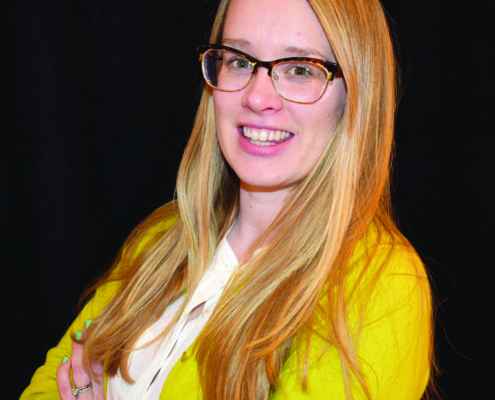Patient financial need is rising. How will you adapt?
Patient financial need is rising. How will you adapt?
By O’Mally Monahan, MPH, Sr. Director, Patient Assistance Services, McKesson RxO®
Despite the welcome turn of the calendar to 2021, the added financial stressors that many patients experienced as the COVID-19 pandemic took hold aren’t going away anytime soon. The need for robust and responsive patient assistance programs (PAPs) has been building for quite some time. In order to support both quality care and healthy business performance, health systems must not only rise to the current challenge – but also implement recovery strategies which allow them to seamlessly adapt to dynamic conditions going forward. A health system’s PAPs should cover the entire health system, not just one location. If your health system has a meaningful oncology PAP, but it’s the only program, you may be missing out on other worthy areas.
How did we get here?
Even before the pandemic reached the U.S., the issue of uninsured and underinsured patients was a growing concern among many hospital leaders. According to the Kaiser Family Foundation, health records from before the pandemic show that the number of uninsured nonelderly Americans grew from 26.7 million in 2016 to 28.9 million in 2019.1 And in 2018 alone, retail drug prices rose at more than twice the rate of inflation.2
The pandemic has done nothing to help patients afford their medical treatment. In fact, it has done quite the opposite. The financial impact on patients has increased simultaneously with unemployment rates. According to a March 2020 survey, 50 percent of the 1,200 patients and survivors surveyed shared that COVID-19 has impacted their care.3
The full effects of pandemic-related job losses and employer-sponsored health insurance coverage may not be realized for some time. But here’s what we know – for many patients who lost their livelihoods or insurance coverage, the financial burden of costly pharmaceuticals can leave them with bills that they simply cannot pay. As a result, health systems without agile revenue recovery measures in place can find themselves footing the bill.
Supporting patient wellness and business health
A half decade ago, public health leaders reported that as many as one in eight Americans reported skipping their medications because they could not afford them.4 It remains an issue today, as uninsured adults are more than three times more likely than those with private health insurance to skip prescribed medications due to cost.5 PAPs can help by providing certain prescription drugs for free or at a reduced cost for patients who qualify. These programs help cut down on the patients’ overall out of pocket cost whether they are uninsured or underinsured. This can reduce the likelihood of a patient missing doses. Importantly, it can also contribute to a health system’s financial wellbeing by aiding in revenue recovery. However, effective PAP administration is complex, time-consuming and not for the faint of heart. Dedicated patient advocates are needed to maximize the potential of strong PAP coverage. Given the increased pressure to keep the lights on for many health systems, PAPs may not be a top priority, but they should be.
Doing it right versus doing it right now
With hundreds of PAPs available through various pharmaceutical companies, 501c (3) organizations and charity programs, all of which have complex eligibility guidelines to decipher and follow, PAP administration requires industry expertise and persistence. PAPs and criteria are constantly changing, which can make it difficult for hospital staff to keep up. It’s also a multistep process that must include:
• Identification of eligible patients, making sure PAP opportunities don’t fall through the cracks
• Completion and verification of enrollment – handling program-specific requirements, ensure lapse in medical or pharma benefit coverage
• Facilitation of product recovery and coordinating, verifying, applying, tracking and documenting each shipment for recovery
Three approaches to PAP management
There is no one-size-fits all solution for dealing with PAP management, but there are three basic approaches to consider:
• In-house administration: designating a PAP manager to work across departments to identify and enroll qualified patients
• PAP software: using specialized software to keep enrollment criteria and required documentation current
• Expert outsourcing: partnering with a pharmaceutical distributor with expertise
For many health systems, the third option is often both the simplest and most effective way to serve patients in need while boosting revenue recovery. Working with an industry expert can help hospitals meet today’s needs, while providing the flexibility to scale up or down as patient financial needs continue to change.
1 https://www.kff.org/uninsured/issue-brief/key-facts-about-the-uninsured-population/
3 https://www.fightcancer.org/releases/survey-covid-19-affecting-patients%E2%80%99-access-cancer-care
4 https://www.jmcp.org/doi/full/10.18553/jmcp.2016.22.4.381
5 https://www.kff.org/uninsured/issue-brief/key-facts-about-the-uninsured-population/



